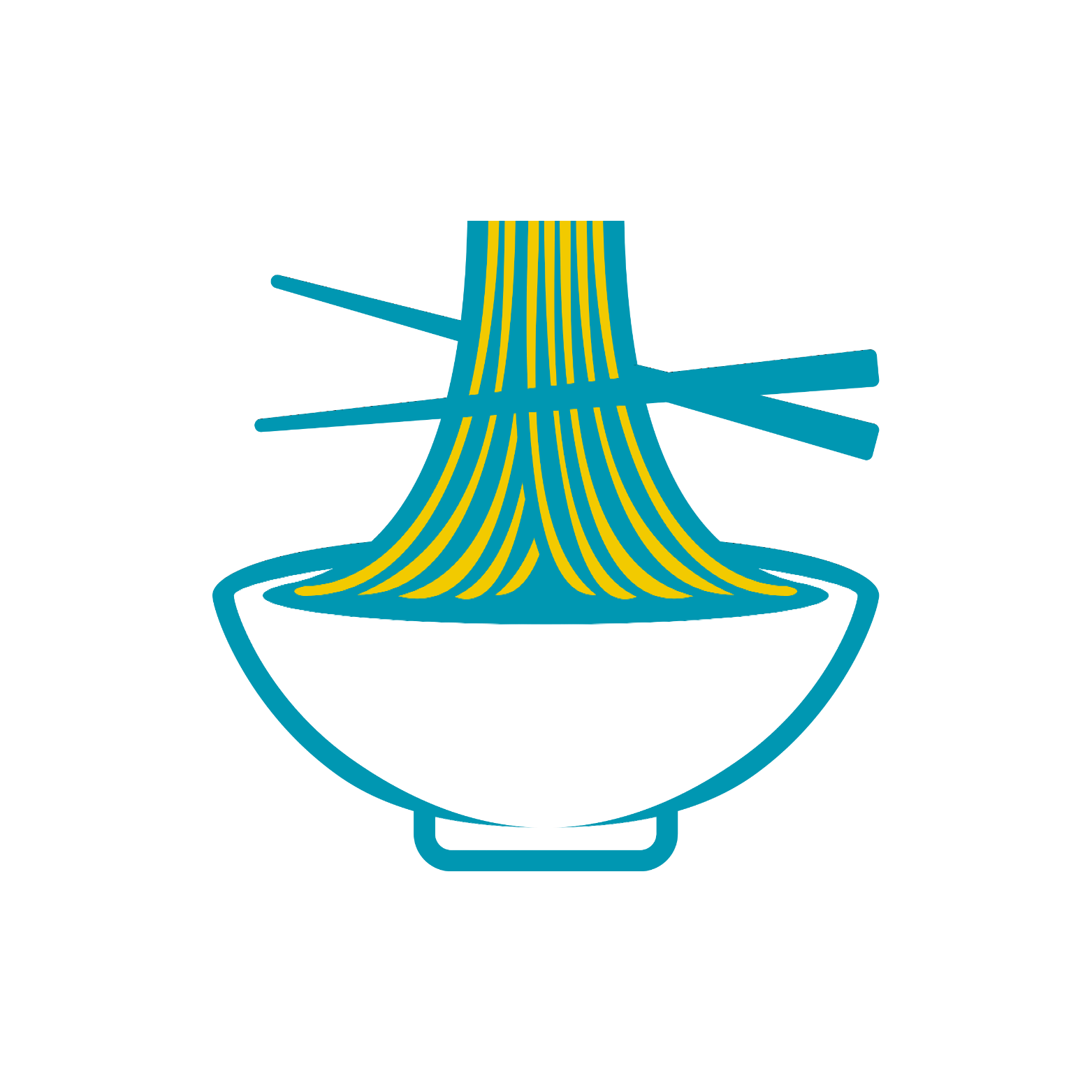In Tuvalu, rice or jungle rice, introduced through cultural exchange, is now a staple side dish, complementing Tuvaluan cuisine with its diverse meal pairings.
The history of this adoption likely stems from colonial influences and global trade routes, reflecting the dynamic nature of food culture in Tuvalu. Today, rice is prepared in various ways, reflecting both local traditions and modern influences, making it a versatile and beloved component of Tuvaluan cuisine.
Ingredients:
- 1 cup of rice
- 2 cups of water
- Salt (to taste)
Method:
1. Rinse the rice under cold water until the water runs clear to remove excess starch.
2. In a pot, combine the rinsed rice, water, and a pinch of salt.
3. Bring the water to a boil over high heat.
4. Once boiling, reduce the heat to low and cover the pot with a tight-fitting lid.
5. Let the rice simmer gently for about 18-20 minutes, or until all the water is absorbed and the rice is tender.
6. Once cooked, fluff the rice with a fork and serve hot as a side dish with your favorite Tuvaluan meals.
This straightforward method ensures perfectly cooked rice every time, ideal for accompanying various dishes in Tuvaluan cuisine.
Nutrition Value:
1. cup of rice:
- Calories: Approximately 205 kcal
- Carbohydrates: Around 45 grams
- Protein: Roughly 4 grams
- Fat: Almost 0.5 grams
- Sodium: Negligible (depending on added salt)
- Cholesterol: None
- Vitamins: Contains small amounts of vitamin B6 and niacin
- Minerals: Provides a small amount of iron and magnesium
- Nutritional benefits: Rice is a good source of energy due to its high carbohydrate content. It also contains some essential vitamins and minerals, albeit in small amounts. Additionally, rice is naturally gluten-free, making it suitable for individuals with gluten sensitivities.
2. 2 cups of water:
- Calories: 0 kcal
- Carbohydrates: 0 grams
- Protein: 0 grams
- Fat: 0 grams
- Sodium: 0 mg
- Cholesterol: 0 mg
- Vitamins: None
- Minerals: None
- Nutritional benefits: Water is essential for hydration and helps in various bodily functions, including digestion, nutrient absorption, and temperature regulation. It has no calories, carbohydrates, or other macronutrients but plays a crucial role in cooking rice to perfection.
3. Salt (to taste):
- Calories: 0 kcal
- Carbohydrates: 0 grams
- Protein: 0 grams
- Fat: 0 grams
- Sodium: Varies depending on amount added
- Cholesterol: 0 mg
- Vitamins: None
- Minerals: Primarily sodium
- Nutritional benefits: Salt enhances the flavor of rice and other foods. However, excessive salt intake can contribute to high blood pressure and other health issues. Moderation is key when adding salt to dishes.


Comments